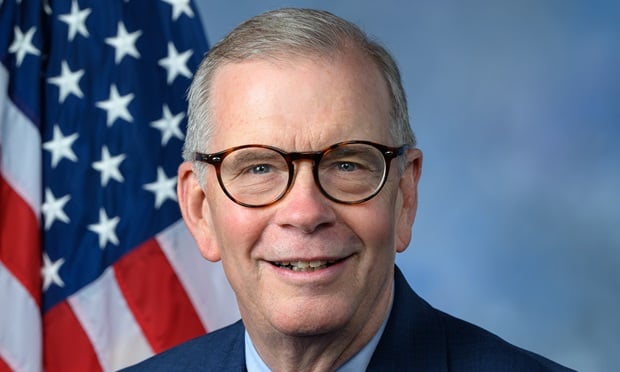A tiny but growing population of individuals with complicated illnesses and special treatment needs are accounting for an increasingly significant amount of the nation’s overall prescription drug costs, according to a report from ExpressScripts, “Super Spending: U.S. Trends in High-Cost Medication Use.”
“We live in a fortunate time when science has delivered amazing therapies and made it possible for people with complex, chronic diseases to live a little more normal life,” Glen Stettin, M.D., senior vice president, clinical, research and new solutions at Express Scripts, writes in the report’s foreword note.
Recommended For You
Complete your profile to continue reading and get FREE access to BenefitsPRO, part of your ALM digital membership.
Your access to unlimited BenefitsPRO content isn’t changing.
Once you are an ALM digital member, you’ll receive:
- Breaking benefits news and analysis, on-site and via our newsletters and custom alerts
- Educational webcasts, white papers, and ebooks from industry thought leaders
- Critical converage of the property casualty insurance and financial advisory markets on our other ALM sites, PropertyCasualty360 and ThinkAdvisor
Already have an account? Sign In Now
© 2025 ALM Global, LLC, All Rights Reserved. Request academic re-use from www.copyright.com. All other uses, submit a request to [email protected]. For more information visit Asset & Logo Licensing.








